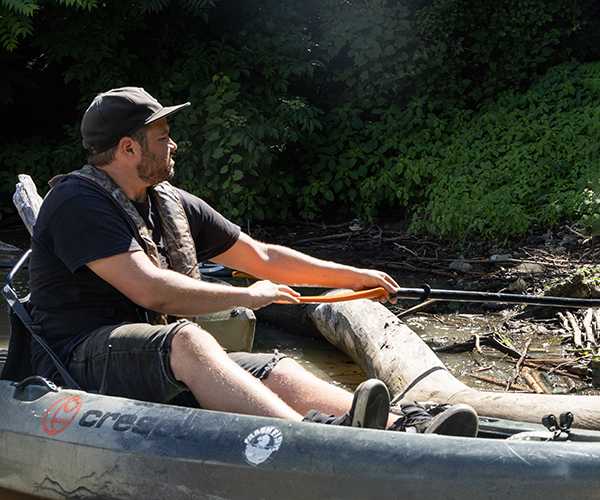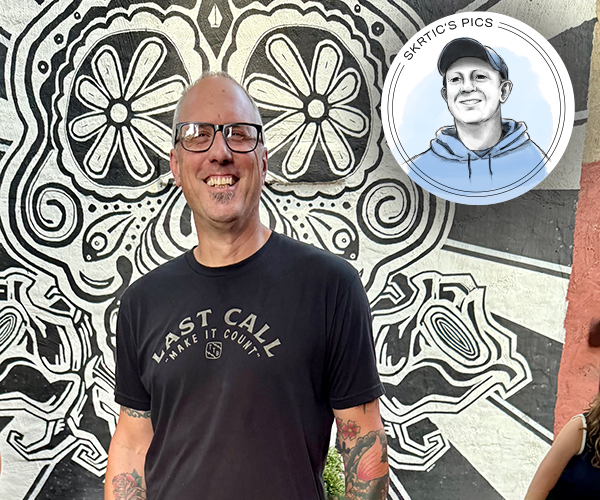Philanthropy isn’t what it used to be. Nonprofits could once count on their trusted, traditional, and almost always graying male donors to write a fat check once a year and fade away, until the next time the nonprofit approached them for money.
Today, a new generation of donors — baby boomers and Generation Xers — are more demanding of nonprofits than their parents. They want to be involved directly in the nonprofit’s cause and hold the organization more accountable for measuring the impact of their donations.
Working with the new generation of challenging donors can be draining for a nonprofit — but may ultimately pay off big.
The current generation of older adults will pass trillions of dollars to the next generation, and their younger relatives will eventually donate much of their inheritance to charity. Ninety percent of people age 40 or older who expect to inherit at least $500,000 from their parents say their giving will surpass their parents’, according to a study by the organization Prince and Associates.
The older generation, born before World War II, tends to give to traditional organizations, either those with which they’ve had a long-standing affiliation, such as their alma mater, or those that serve a broad community purpose, explains Susan Eagan, executive director of the Mandel Center for Nonprofit Organizations at Case Western Reserve University.
By contrast, “the boomer generation was very much influenced, pro or con, by the social activism of the ’60s,” Eagan explains. “Boomer donors tend to be more cause-focused. They’re looking for how an organization to which they would give gifts is addressing a cause from the boomer’s perspective.”
That means boomers — those born in the 15 years after World War II — give mostly to organizations focused on a single specific mission, such as environmental concerns, women’s issues or racial equality.
The generation that followed the boomers — born between 1961 to 1981 and often dubbed Generation X — is more hands-on and active in the nonprofit world, Eagan says. This group tends to give “sweat equity,” volunteering their time just as much as writing checks.
“I really reach out for the 30-somethings and 40-somethings to get them involved,” says Roberta Mancini, executive director of the Women’s Community Foundation in Cleveland. “They may not be at a point in their lives where they can write the big checks. They are certainly writing smaller checks, but they’re also giving their energy and their great ideas.”
Of course, as Eagan is quick to point out, these are just generational trends. Some philanthropists in their 70s and 80s are just as hands-on and cause-focused as their children’s generation. Nonprofits face greater pressure from donors of every generation to prove their impact.
“Across the board — people of all ages, but more predominantly among younger boomers — there is an increased effort in wanting to know in fairly specific ways what difference their gift or the organization in general is making,” Eagan says. “So there has been a big movement in the not-for-profit sector in measurement, evaluation and accountability.”
That’s because many boomers have a different type of wealth, says Chris Dunworth, vice president of development at Cleveland’s Rock and Roll Hall of Fame and Museum. Instead of donors passing on traditional family money, those with “new” wealth — such as women professionals and young entrepreneurs — are demanding accountability.
“I think the population is more sophisticated about nonprofits,” Dunworth says. “Donors who have been raised as baby boomers are very keen on saying: ‘Do you have a plan? What do you hope to accomplish? How are you going to measure what you’re going to accomplish?’ ”
Such accountability is only one challenge nonprofits must overcome to gain the trust of younger donors. The core issue is convincing donors that your nonprofit has a worthier mission than another one. That can be tough in today’s global world, says Ronn Richard, president and CEO of The Cleveland Foundation.
“A lot of community foundations are concerned, because rather than caring strictly about that community, a lot of younger folks are concerned about broad-based environmentalism or world poverty,” Richard says.
The challenge for Cleveland-based organizations such as Richard’s is to show how acting locally can have global effects. For instance, The Cleveland Foundation has encouraged the development of an advanced energy industry in Cleveland by hiring Richard Stuebi as a BP fellow for energy and environmental advancement, a position with the foundation, funded by the energy company.
His job is to oversee the new program and discover alternative energy sources, a cause close to the heart of many boomers.
“I would love to see Cleveland develop an alternative-energy industry that can produce not only solar panels for factory roofs in the United States, but to export to villages and hospitals in Africa,” says Richard.
At the Rock Hall, where donors tend to be at least a decade younger than the average nonprofit donor, Dunworth and colleagues are looking at new ways to engage young donors. Ideas they’re currently entertaining vary from creating a junior board for younger members to starting a daily blog for Rock Hall president and CEO Terry Stewart.
David Simpson, president and CEO of Hospice of the Western Reserve, says his organization is also researching ways to attract younger donors. The hospice is currently evaluating a possible capital campaign to build at least one new Hospice House, a residential facility where patients with terminal diseases can receive care.
The nonprofit world has changed significantly since a decade ago, when the organization built Hospice House on East 185th Street in Euclid, Simpson says, so any capital campaign will have to take on a different tone.
“Because baby boomers are cause-oriented, you have to put meaning or purpose behind what you’re selling,” Simpson says. He is currently researching the practicality of making the next Hospice House “green” — eco-friendly — to appeal to donors’ concern for the environment as well as the hospice mission.
Even nonprofits that make tradition a critical part of their strategic plan have seen some changes.
Alan Gross, a vice president at the Jewish Community Federation of Cleveland, says his organization has a long history of engaging generations of families in philanthropy: “As much as we think things change, they remain the same.”
Still, Gross admits, the federation has used the “pyrotechnics” of technology to appeal to younger, tech-savvy donors. Go to the Federation’s Web site, and the first thing you’ll see is a link to click to donate to support Israel.
When the Women’s Community Foundation planned a large November fund-raiser, Mancini found that older donors wanted to receive hard invitations in the mail, but younger women just wanted the invitation e-mailed to them.
“You have to respond to your donors the way they want you to respond,” Mancini says.
Richard, at The Cleveland Foundation, is thinking ahead about other ways technology may change the way foundations and nonprofits do business. Someday, he predicts, major contributors will videotape their thoughts about what they want their donation to accomplish — “so that 30 years after someone’s passed on and left us $5 million, which has grown to $10 million, the program officer can pull up on the computer screen and see Sam and Betty talking and really know who they are,” Richard says.
“We’re honor-bound to fulfill the wishes of our donors.” n



